
How are the president and vice president elected in Nepal? Read here
The entire results of the elections to the House of Representatives (HoR) and the Province Assembly held under the first-past-the-post system have already been announced in Nepal.
A total of 165 members have been elected to the 275-member lower house and the remaining 110 posts will be adjusted by the Proportional Representation system.
In the HoR direct elections, the Nepali Congress emerged as the first party by winning 57 seats followed by 44 of the CPN (UML), 18 of the CPN (Maoist Centre), and 10 by the CPN (Unified Socialist).
Similarly, the Janata Samajbadi Party Nepal, Rashtriya Prajatantra Party, and Rashtriya Swatantra Party have won seven seats each while the Loktantrik Samajbadi secured its victory in four constituencies followed by three of the Nagarik Unmukti Party, and one each by the Rashtriya Janamorcha Nepal, Nepal Workers and Peasants’ Party and Janamat Party.
This time, the HoR gets five members who were elected on independent candidacies.
A total of 330 PA members have been elected from seven provinces and the major ruling Nepali Congress has won the highest 111 seats, CPN UML 91, CPN (Maoist Center) 53, CPN (Unified Socialist) 15, Janata Samajwadi Party 10, Rashtriya Prajatantra Party 11, Loktantrik Samajwadi Party, Nepal 9, Nepal Workers’ and Peasants’ Party 1, Nagarik Unmukti party 5, Janamat Party 7, Hamro Party Nepal 1, and one seat by the independent candidate.
Likewise, the CPN-UML has garnered the highest number of votes under the Proportional Representation category. Then, Nepali Congress, Maoist Center, Rashtriya Swatantra Party, Janata Samajwadi, Janmaat Party, and CPN (Unified Socialist) are in order under the Proportional Representation category.
Now, curiosity in everyone has increased across the country about who will lead the future government. The people’s curiosity is also about the next president, vice-president, and speaker of the parliament.
It is very natural to be curious about the president and vice president who are going to be elected for 5 years. However, ordinary citizens may not know how the President and Vice President are elected in Nepal.
For the presidential election to take place, the first thing is that all the results of direct and proportional should be obtained. After that, a government is formed under the leadership of one of the parties by forming a majority. After the formation of the government, there is a constitutional provision that the Speaker and the Deputy Speaker should be elected within 15 days of the sitting of the Federal Parliament. Only then will the election process for the President and Vice President begins.
For the election of the President and Vice President, members of the House of Representatives, members of the National Assembly, and members of the Provincial Assembly will be voters. There will be total 884 members including 275 members of House of Representatives (Lower House), 59 members of National Assembly (Upper House) and 550 members of seven state assemblies.
However, 1 vote given by a member of the federal Parliament, including both upper and lower Houses, will be considered to have the weight of 79 votes whereas the vote cast by a member of the state assembly will be considered to have the weight of 48 votes, according to Election Commission Assistant Spokesperson and Information Officer Surya Prasad Aryal.
Talking to News Agency Nepal, he said that in order to be president, a person must be 45 years old and qualified by law. A candidate for president or vice-president must have 25 members of the electoral college as proposers and 25 others as seconders to file nominations. He said that the candidate will be victorious as the president who will get more than 50 percent of the votes by adding the votes of Provincial Assembly members and the members of the House of Representatives.
According to Assistant Spokesperson Aryal, if no one gets more than 50 percent of the votes, there will be a second phase of the election for president. However, in the second phase of the election, the two-person who gets the maximum votes from the first phase will only compete. He said that candidates other than the first and second who were in competition in the first round will be eliminated from the competition.
Assistant Spokesperson Aryal said that even in the second election phase, if any candidate does not gains more than 50 percent of the votes, there is a provision that the person who gets the maximum votes in the next round of voting will be elected as the President.
He clarified that the election of the President and Vice President cannot be held at the same phase as they should be of different genders and different communities.
Assistant Spokesperson Aryal said that for President and Vice President, one should be qualified to be a member of the Federal Parliament. He said that it is not compulsory for the candidate of the president and vice president to be MPs, but they should be 45 years old, qualified by law, of different genders, and different communities. A person who has been a president more than two times cannot become president for the third time, he said.
The election process and the tenure of the Vice President is same as the election process for electing the President.
About three dozen office bearers, including the President, Vice President, Prime Minister, and Speaker, will be elected within a few months from the new parliamentarians and provincial assemblies. So, for these office bearers, the positions are being distributed among the parties for the sake of equalization of power.
- Anti-China Sentiment on the Rise in Myanmar Following Consulate Attack, Analysts Say
- US Election by the Numbers: Key Stats on Swing States, Poll Workers, and Potential Voter Turnout
- China’s Contradictory Climate Strategy: Leading in Green Energy While Remaining World’s Top Polluter
- China’s Economic Moves and the Optimism of China Bulls: Unwarranted Faith or Calculated Hope?
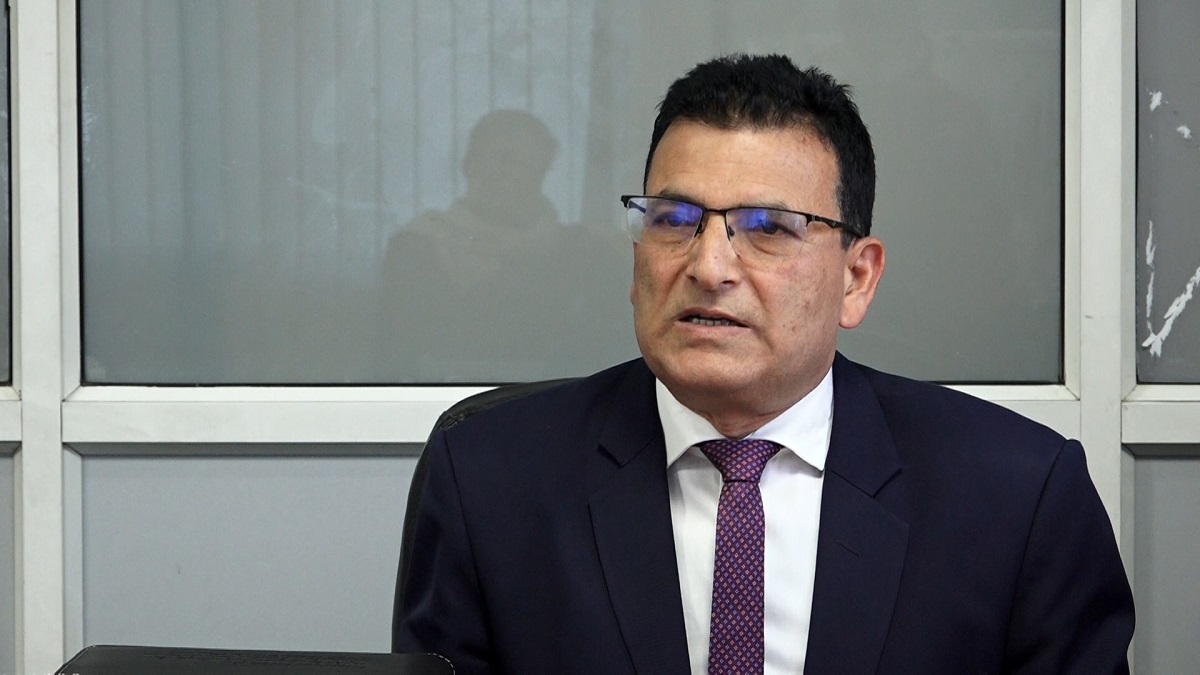
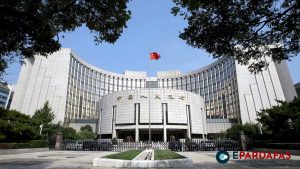
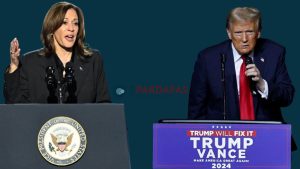


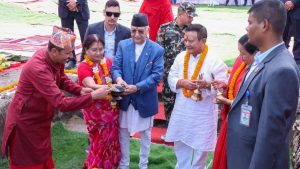
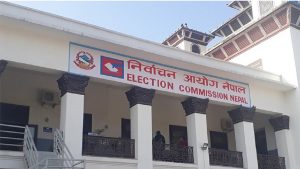



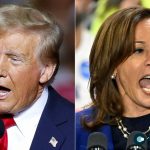
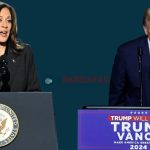

Comments